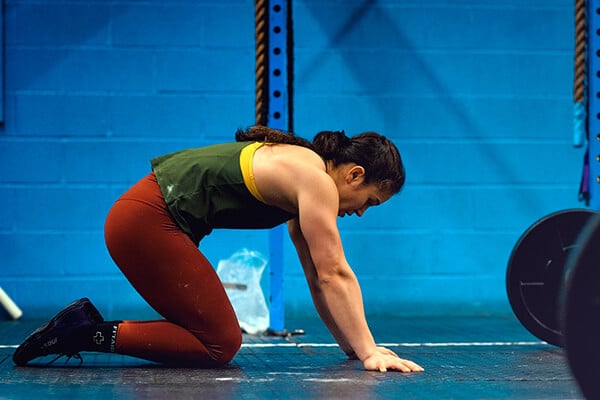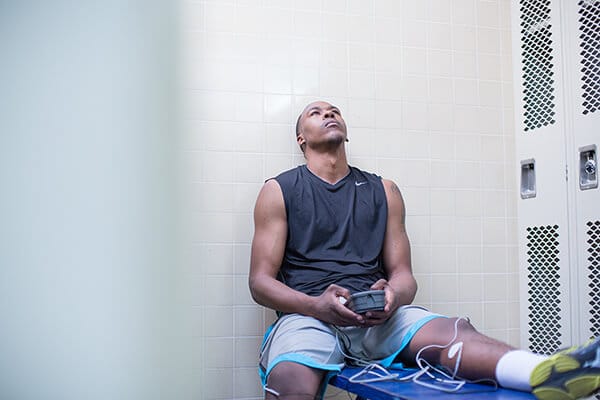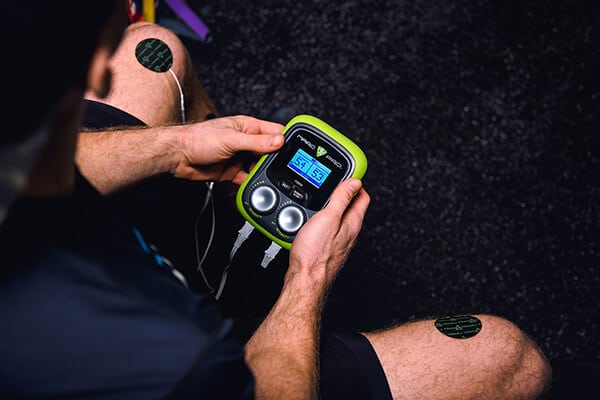How to: Recover Faster from Delayed Onset Muscle Soreness (DOMS)
Another workout absolutely crushed at the gym! Endorphins are flying high through pumped muscles that just put in a ton of work. But then you wake up the next day, barely able to walk. Sound familiar?

Delayed Onset Muscle Soreness (DOMS) typically occurs 6-8 hours following strenuous or unaccustomed activity, peaks around 24-48 hours, and can last up to 3-5 days. Many people love muscle soreness because it’s proof they are putting in the work. But, DOMS can dampen workouts and slow progress. The American College of Sports Medicine points out that reduced range of motion, joint stiffness, local swelling, tenderness, and diminished muscle strength, all diminish performance and training.
Let’s Look at the Science
In the paper, “Is Post Exercise Soreness a Valid Indicator of Muscular Adaptations?” Schoenfeld and Contreras point out, “DOMS appears to be the product of inflammation caused by microscopic tears in the connective tissue elements that sensitize nociceptors and thereby heighten the sensations of pain.” It is shown that eccentric exercises (exercises that lengthen the muscle) have a much more significant impact on producing delayed onset muscle soreness.
There are a few things that differentiates DOMS from typical muscle soreness. Most prominently, DOMS is much more intense. Not only is it more painful and potentially debilitating, DOMS lasts much longer. Acute muscle soreness usually presents itself shortly after activity, while DOMS may take a full day or two before showing up.

Muscle Soreness: Not Required for Gains
Muscle soreness is an imperfect and inconsistent indicator of muscle growth. While the microscopic tears of DOMS may stimulate repair to build back stronger, the process that rebuilds and strengthens muscle tissue post-workout can happen without the same degree of damage. Breaking muscles to the point of soreness is unnecessary to make significant gains. Most people think that damage is required for muscle growth, but Exercise Biology points out, “Muscle can grow with just tension and no damage.”
Proven Cure for DOMS
Laying on the couch seems like the perfect prescription for a body so stiff that stairs may be fatal. The “rest and relax” method however is potentially the slowest route to eradicating DOMS. Stillness bypasses many of the innate bodily systems designed to assist in repairing muscle tissue.
Four key processes occur during recovery, all facilitated by muscle activation. Muscle contractions activate the passive lymphatic system and increase blood flow/nutrients to the area. Muscle contractions for the intent of recovery should not further stress or fatigue, commonly known as active recovery. Regularly performing active recovery, will normalize recovery and in turn decrease or eliminate DOMS.
There are a lot of different techniques and products claiming to cure DOMS. However, research shows that active recovery one of the most effective methods. The many studies on massage, cryotherapy, drugs etc., provide no consensus on a consistent therapy that works. Unfortunately, active recovery may be hard to fit into a busy life. Enter: Marc Pro.

Marc Pro generates muscle contractions that provide all the same benefits as active recovery, but can be completed while watching TV, working on a laptop, or participating in other daily activities. Additionally, Marc Pro doesn’t put stress on tendons or joints, won’t burn energy, and is easy to set up. In a peer reviewed research study published in the Journal of Exercise Physiology, Marc Pro was shown to significantly reduce the soreness and fatiguing effects of DOMS and improve the recovery process.
If DOMS or a lack of recovery is hindering your performance or leading to overuse injuries, discover how Marc Pro can help you achieve your goals.
